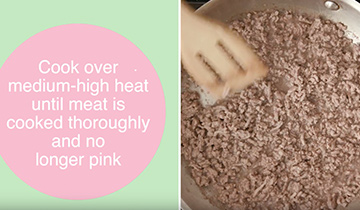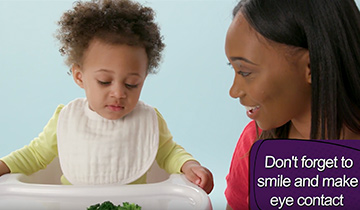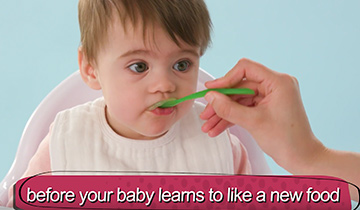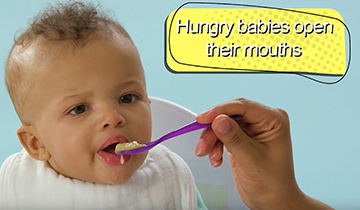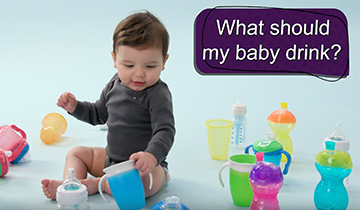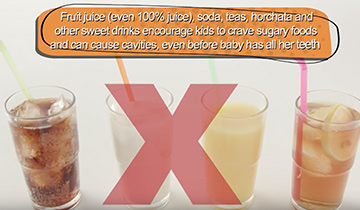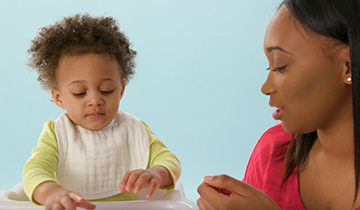How to cook baby’s first meat
As your baby begins to try foods for the first time, it is important that he or she eat foods that are rich in iron and zinc. Iron is a key nutrient that is important for babies’ growing bodies and brains. Meats – like chicken, turkey and beef – are full of iron and can make a great first food your baby.
Here are steps to cook ground beef for your baby:
Step 1: Prepare the ground beef
Place ground beef and about ½ cup of water in a saucepan
Step 2: Cook the meat
Cook over medium-high heat until meat is cooked thoroughly and no longer pink (approximately 6 to 8 minutes). Ground meat should be cooked to an internal temperature of 160 degrees Fahrenheit.
Step 3: Puree or Serve as a Finger Food
For a smoother texture, you can puree the beef in a blender. Add water, breast milk or infant formula and blend until it is smooth.
Now enjoy watching your baby pump that iron! And remember, talk to your child’s pediatrician or health care provider about any questions or concerns.
To learn more, check out these additional resources related to this topic:
- More bite-sized videos about introducing first foods – 1,000 Days
- Foods and Drinks for 6 to 24 month olds – Centers for Disease Control and Prevention (CDC)
- Information about Iron – Centers for Disease Control and Prevention (CDC)
- Starting Solid Foods– American Academy of Pediatrics’ Healthy Children
- Safe Minimum Internal Temperatures for Food – United States Department of Agriculture

